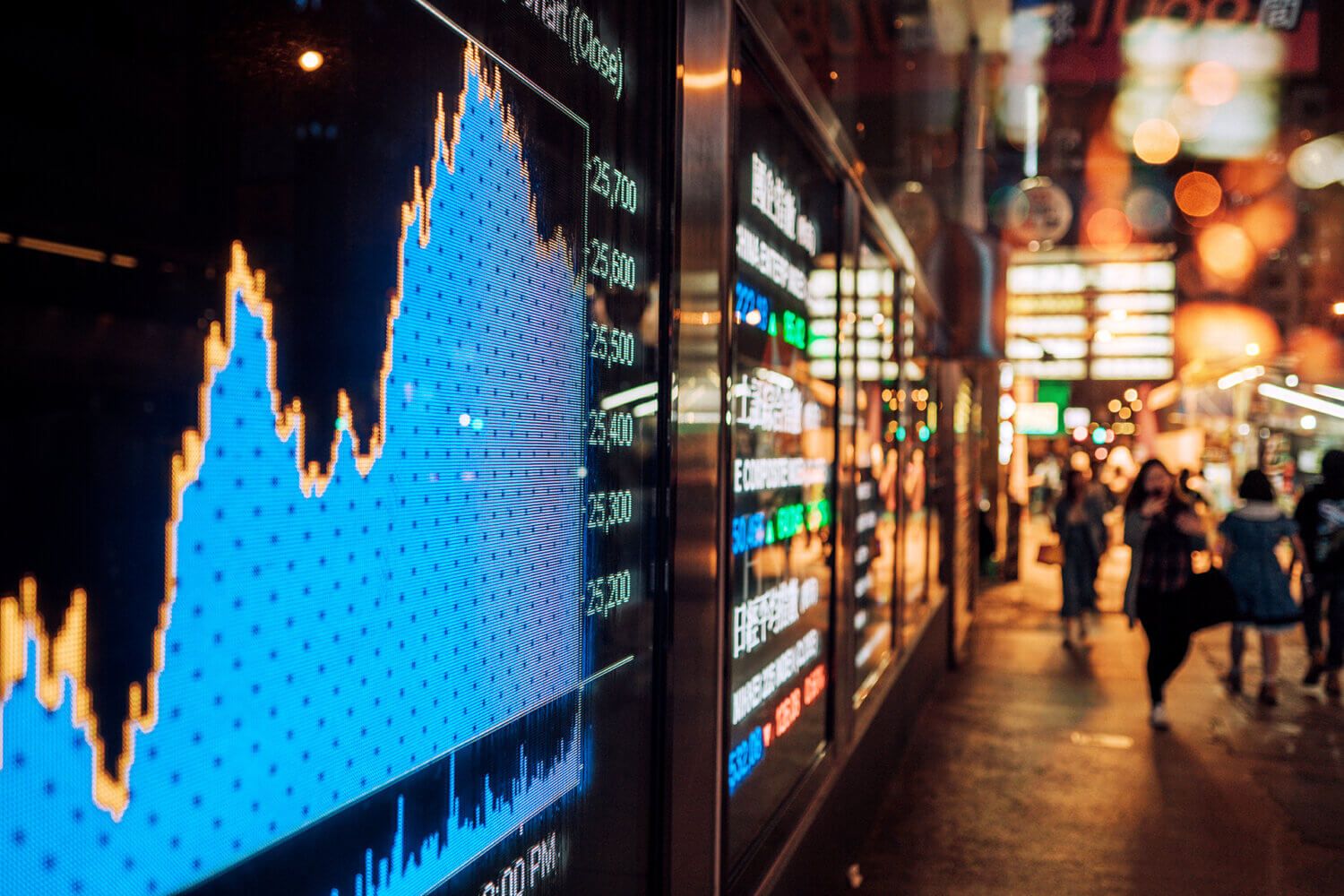
With market dislocations influencing macro trends, we focus on the global equity markets and its many dimensions in an era of income-hungry and diversity-seeking investors.
Equities have continued to perform despite geopolitical risks, the ballooning U.S. deficit, and elevated interest rates. This followed years of zero interest rate policy (ZIRP) that was ideal for growth-oriented companies and generally favored U.S.-oriented technology and discretionary businesses. But interest rates reset in 2022 when rates jumped dramatically, effectively increasing the cost of capital. And now we’re witnessing U.S. dollar weakness, as opposed to U.S. dollar strength and appreciation of more than 30% over the last five-plus years, which provided a tailwind to those growth companies that were betting on future cash flows.
Back to Basics
Investors are seeing a shift to what we like to call the old economy, those companies that pay dividends, those steady but beautiful businesses that are delivering income and are at relatively attractive valuation levels. Coming from a narrow leadership, a Nasdaq and Mag 7-led equity world, we are starting to see better market breadth, which is a positive sign not just for the markets but also the overall economy.
Transitioning from buying U.S. mega-cap growth stocks and expecting them to double or triple, to global companies producing steady cash flow and returning it to shareholders historically has been really critical to driving total return. In fact, over the last 150 years, dividends have contributed about half of the total return of the S&P 500 Index over that period.
Past performance does not guarantee future results.
Source: Jack W. Wilson and Charles P. Jones, “An Analysis of the S&P 500 Index and Cowles’s Extensions: Price Indexes and Stock Returns, 1870–1999”, Journal of Business, 2002, vol. 75 no 3. Data after 1990 is from Bloomberg, Confluence, and FactSet. Calculated by Thornburg Investment Management. Returns are annualized.
However, the market has been driven by growth over the past few decades, and dividends haven’t been as important. But that also occurred during a zero-rate environment. So, we’ve reset the cost to capital, and now dividends matter again since they’re important to total return and the compounding of capital. And it shows good discipline from a management team to deliver that consistency.
It feels like income is going to be a big source of returns in the coming years. Strong companies, even in recessions, generally can maintain a dividend. Patient investors realize that their income doesn’t change even if there’s a period where the market drops. It’s underappreciated that in the U.S., after the tech bubble just after the turn of the century, dividends were essentially all of the total return that investors received in equities.
Earnings and Valuation Trends
High inflation is an issue that’s probably not going away anytime soon. But even in the face of what we saw in the last quarter, tariffs are a massive uncertainty. It’s not just the current reporting of earnings, which are largely in line and fairly good based on perhaps a weaker economy, but the earnings guidance has also been torpedoed.
U.S. companies, as measured by the S&P 500 Index, have generally produced nearly 60% of their revenue from inside the U.S. (as shown below). So that typically means that around 60% of U.S. earnings should have a direct tie to tariffs or labor changes.
S&P 500 Index: Geographic Revenue Exposure
Source: FactSet
But if you look around the rest of the world, as measure by the developed markets EAFE Index, just 25% of the revenue in that index comes from the U.S. And that might alter the valuation construct in the U.S., because U.S. companies have been able to grow a few percent faster with buybacks. So, the optics of earnings growth have favored the US. Reshoring is not necessarily bad for companies or bad for the overall economy, but it changes the optics, and perhaps impacts multiples or makes the U.S., Europe, and Asia appear more on even ground.
Relative Valuations Support Non-U.S. Assets
Source: Bloomberg
There could be a future world state where the U.S. deglobalizes and the rest of the world doesn’t to the same degree. And the earnings impact is a lot smaller for the rest of the world companies than it is for U.S. companies. Of course, all of this falls back into the highly anticipated but completely unknown, of how things will evolve. But it could be something where global companies in the rest of the world sail through a still globalizing world in a normal way, while the U.S. has to make more adjustments.
The Potential Opportunity Outside of the U.S.
As international equities have lagged for several years, dividends have been pretty material to the total investor return. And in some ways, dividends pay you to wait, especially in a better capital appreciation environment. U.S. exceptionalism has led the way to the relative outperformance, but it has faded away, and we’ve seen really strong international markets on the equity side. U.S. equities have underperformed while international markets, especially Europe, have taken the lead.
Global Equities: Leadership Shifts Abroad
| 2020 | 2021 | 2022 | 2023 | 2024 | 2025 YTD | |
|---|---|---|---|---|---|---|
| USA: S&P 500 | 18.40% | 28.71% | -18.11% | 26.29% | 25.00% | 6.50% |
| USA: Ruseell 3000 Growth | 38.26% | 25.85% | -28.97% | 41.21% | 32.46% | 6.72% |
| MSCI EAFE | 8.28% | 11.78% | -14.01% | 18.85% | 4.35% | 17.90% |
| MSCI ACWI | 16.82% | 19.04% | -17.96% | 22.81% | 18.02% | 10.80% |
| MSCI Europe | 5.93% | 16.97% | -14.53% | 20.66% | 2.43% | 22.30% |
| MSCI Emerging Markets | 18.69% | -2.22% | -19.74% | 10.27% | 8.05% | 17.40% |
| EURO STOXX 50 | 6.01% | 15.58% | -13.97% | 27.27% | 4.67% | 8.21% |
| MSCI AC Asia Pacific (All-Cap) | 19.16% | 5.54% | -9.89% | 11.98% | 10.14% | 11.51% |
| Russell 2500 Growth Total Return | 40.47% | 5.04% | -26.22% | 18.91% | 13.90% | 0.89% |
| Russell 2500 Total Return | 19.99% | 18.18% | -18.37% | 18.66% | 12.00% | 2.33% |
Source: Bloomberg
There have been times we’ve seen some head fakes on the international equity or non-U.S. equity side, where short-term upward moves gave back some of those gains. But this recent upward pattern might have some legs to it. We all travel quite a bit, and even the most disciplined of allocators let their international equity allocation slip, which was understandable. The backdrop that set up the underperformance, or the lack of interest in international, is going away. And the next x-number of years has the potential to be something different.
Discover more about:
More Insights

Fishing In A Profitable Pond

Finding Opportunity Amid Imbalance: 2026 Market Outlook

Thornburg Income Builder Opportunities Trust Announces Distribution

Ferrari’s Electric Future and the Evolution of Luxury Investing

FOMC Update: Fed Approves Third Consecutive Rate Cut, Projects Slower Pace




